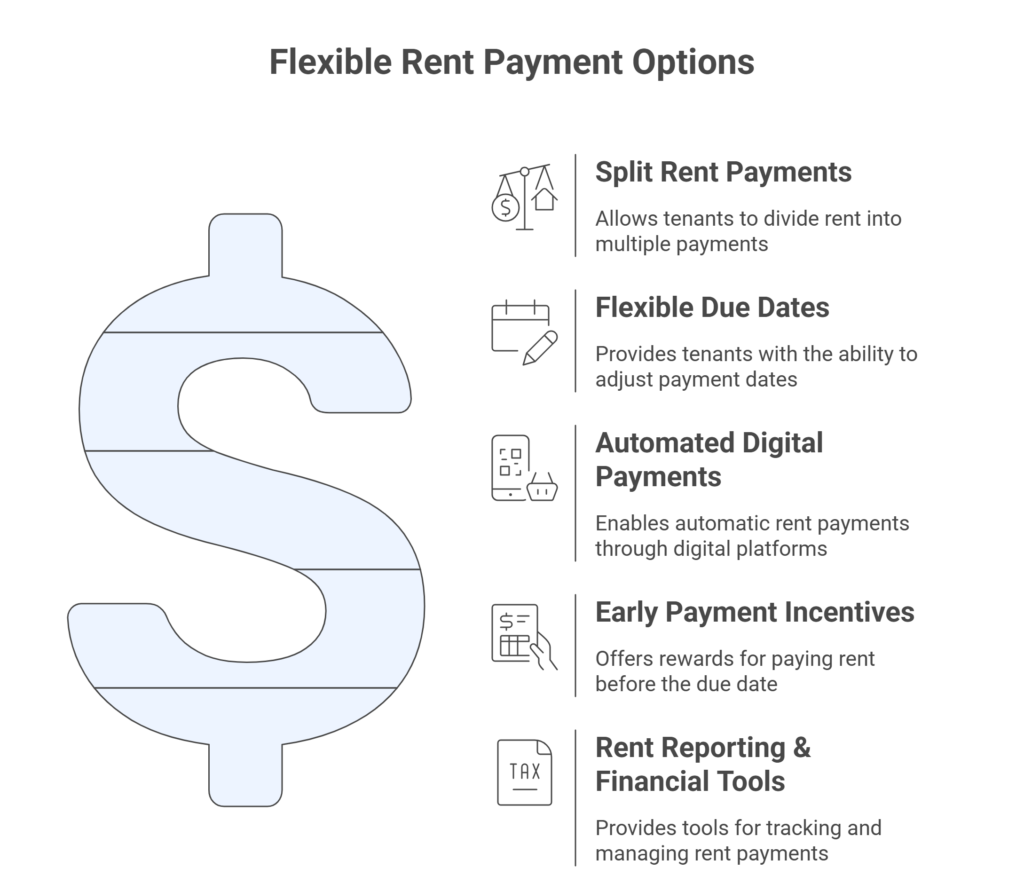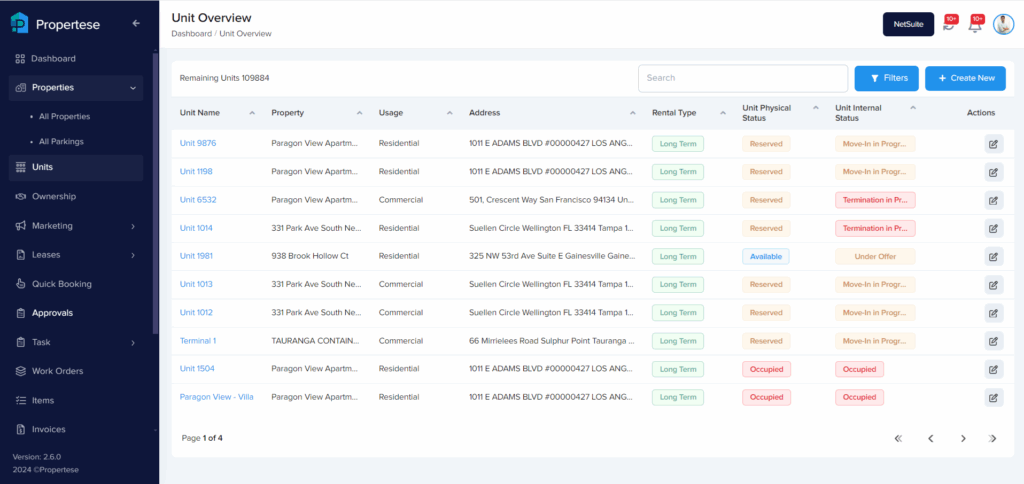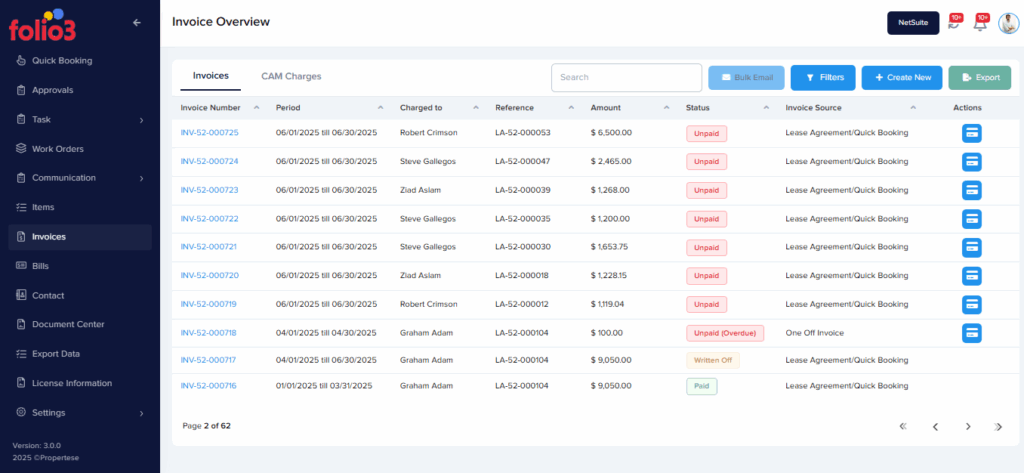How to Automate Rental Income Tracking: Complete Guide for Property Managers
Ever spent hours reconciling rent payments, juggling spreadsheets, and still missing a few entries? You’re not alone. Many property managers lose valuable time each month manually tracking rental income; time that could be better spent to improve tenant satisfaction or grow their portfolio. Manual tracking is prone to human error, missed payments, and reporting headaches. The good news? Rental income tracking can now be fully automated using digital tools designed for property management professionals.
Key Takeaways
- Automating rent income tracking is a business benefit.
- It allows you to reduce manual errors, gain better visibility over cash flow, build better relationships with tenants, and concentrate on growing your portfolio.
- Each hour saved tracking rent manually is an hour added to growth and peace of mind.
This guide will walk you through how automation works, common challenges, and the long-term benefits for your business.
What Is Rental Income Automation (and Why It Matters)?
Automation of rental income refers to the process of applying property management software to automatically enter, categorize, and reconcile rent payments. Rather than entering every payment manually into your ledger, automation tools link your tenant portals, bank accounts, and ledgers to sync data in real time automatically.
For instance:
- When a tenant pays rent online, the payment is logged automatically.
- The ledger is updated, and the system marks down any outstanding accounts.
- Landlords or stakeholders receive reports instantly.
It saves manual labor, minimizes errors, and enables managers to make informed financial decisions.
If you’re still relying on spreadsheets, you might also want to explore why cloud-based property management systems are essential for modern managers.
Why Property Managers Struggle with Manual Rent Tracking
Before diving into automation, it’s crucial to understand the bottlenecks that manual tracking creates:
- Protracted reconciliations: Bank records and deposit reports never coordinate with rent due dates.
- Lost payments: Late charges and partial payments are simple to miss.
- Messy reports: Accurate monthly statements are what landlords and owners demand.
- Human mistakes: Small typos become large accounting errors.
If you’ve faced similar issues, it’s likely time to streamline operations. Our detailed post on enhancing property management efficiency explains how automation directly impacts business performance.
How to Automate Rental Income Tracking: Step-by-Step Guide
Let’s see how simple automation can change the game when done right.
Step 1: Choose a Reliable Property Management Software
Pick a platform that integrates online rent collection, accounting, and financial reporting. Look for features such as:
- Automated rent reminders
- Bank feed synchronization
- Real-time dashboards
- Tenant payment portals
If you’re evaluating options, start by reading our guide on how to choose the right online rent payment system.
Step 2: Set Up Online Rent Collection
Urge tenants to make the transition to online payments (through ACH, debit, or credit). Not only does it save you time, but it also prevents late payments. You can automate:
- Repeating billing cycles
- Automated late fee application
- Immediate payment confirmation
To understand how this system works behind the scenes, check out our article on how to automate rent collection and eliminate late payments.
Step 3: Integrate Bank Feeds and Accounting
Associate your software with your property’s bank accounts to reconcile in real time. This will have deposits and withdrawals automatically reconcile with tenant transactions, minimizing manual bookkeeping.
Learn more about best practices in our post on organizing your finances and setting up the ideal property management chart of accounts.
Step 4: Automate Reports and Owner Statements
Automatically generate monthly owner statements using built-in templates. Send the reports by email at fixed intervals to save hours of manual preparation.
You can also integrate bank account management practices for property managers to keep everything transparent and compliant.
Step 5: Monitor and Fine-Tune the Automation
After setting up the system, check:
- Are payments being logged correctly?
- Are reports accurate?
- Is communication with tenants seamless?
If tenant communication remains a challenge, explore smart communication solutions for property managers to complement your automation setup.
Benefits of Automating Rental Income Tracking
Automation transforms how you manage your business and saves you a lot of time.
1. Improved Accuracy
Every transaction is logged automatically, reducing the risk of data entry errors. This precision is crucial for compliance and financial reporting.
2. Better Cash Flow Management
You’ll always know when rent was paid, who’s behind, and how much cash is available. This real-time visibility is essential for scaling your portfolio.
3. Enhanced Tenant Experience
Tenants value flexible payment terms and on-time reminders. Automation enables you to be professional and consistent, enhancing tenant retention.
4. Centralized Data Access
With cloud-based dashboards, you can access reports, receipts, and statements remotely.
5. Compliance and Transparency
Automated systems leave no-trace digital records for audits and owner statements — no more missing payment disputes.
Example: How Automation Works in Real Life
Let’s say you manage 100 units.
Without automation:
- It requires approximately 20–25 hours a month to account for payments and balance bank entries.
With automation:
- Rent payments are accounted for immediately.
- Reports are generated automatically.
- Notifications are sent to owners and tenants with no manual effort involved.
That’s more than 200+ hours saved a year that you can use to scale operations or enhance tenant relations.
If you’re trying to grow efficiently, this post on streamlining property management with software provides actionable steps.
Common Questions About Rental Income Automation
1. Is automation safe for rent payments?
Yes. Most property management platforms use bank-grade encryption and secure payment gateways. If compliance is your concern, review our guide on managing trust accounts in property management.
2. Can I automate partial payments and late fees?
Absolutely. Most systems allow custom automation rules for:
- Partial payments
- Auto-applied late fees
- Rent proration during move-ins or move-outs
You can further refine your leasing workflows with these essential property management leasing strategies.
3. What if tenants still prefer paying manually?
Automation doesn’t remove manual alternatives; it supplements them. You can record offline payments and still take advantage of digital reconciliation and reporting.
Our post on understanding online vs. physical rent collection breaks down both methods clearly.
4. How do I transition from spreadsheets to software?
Start small! Bring over current tenant data into your target platform, try automation for a single property, and then go wider.
For a detailed roadmap, check our guide on essential steps for starting a property management business.
5. Which metrics should I track after automating?
Post-automation, monitor:
- Rent collection rate
- Days to fund
- Late payment percentage
- Owner satisfaction
You can explore more metrics in our blog on key performance indicators for property managers.
Pro Tips to Maximize Automation Success
- Audit automation rules frequently: Review payment settings and tenant profiles on a quarterly basis.
- Communicate transparently: Make tenants aware of automated processes to establish trust.
- Integrate with tax and accounting software: Automate year-end reporting.
- Apply analytics: Detect trends and forecast late payments.
The Future of Rental Income Tracking
Automation is the key to the next decade of property management. The National Association of Residential Property Managers (NARPM) says that software-based operations are boosting profitability and tenant retention levels in portfolios. With the industry adopting AI, cloud systems, and predictive analytics, property managers who embrace automation early will remain in the lead in efficiency and scalability.
If you want to explore upcoming innovations, read about the future of real estate technology and emerging trends.
Automate Your Rental Income Tracking with Propertese
If this guide inspired you to make the switch, there’s no better place to start than with Propertese — an all-in-one property management platform designed for simplicity and automation.
With Propertese, you can do the following:
- Property and Unit Management
- Investment Management
- Leasing and Rental Management
- Subsidiary Management
- Maintenance Request Management
- Localization
- Contract Management
- Reporting
- Access Management
- Community Association Management
- Document Management
- Email Communication
- Online rent payments & collections
- Leads, Rental Applications & Applicants Management
- Short Term Rentals
- Common Area Maintenance
- Approval Workflow
Ready to make rental tracking a breeze? Schedule a quick demo with our team and see how Propertese can simplify your workflow, save hours every month, and help you manage more with less effort.










